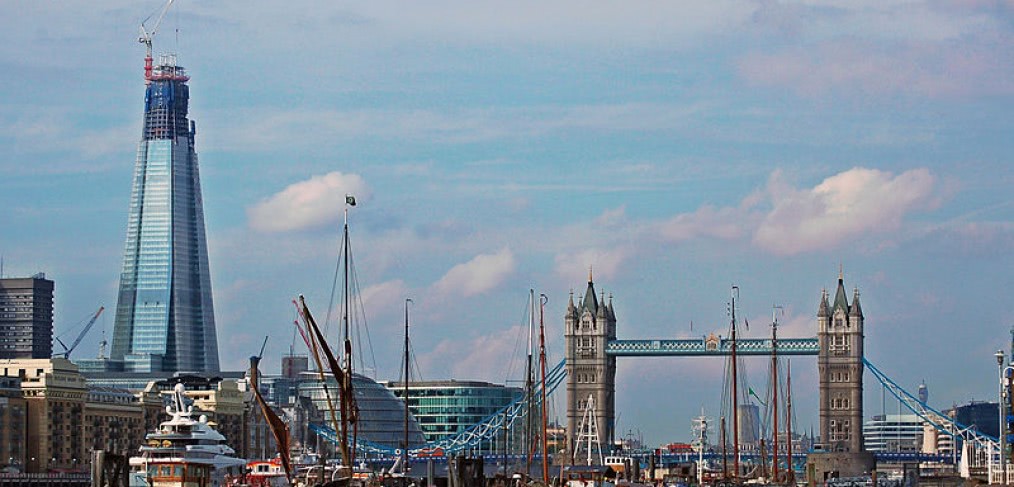
The Right Density in the Right Places
Density is a hot topic in London these days, and it’s no wonder.
For the first time in 22 years, I look out of my office window and see tall buildings. Our recent move from London’s West End to the edge of the Square Mile means we’ve replaced home interiors shops with convenience retail, late-night revelers with the lunch crowd, and low-rise historic buildings with mid-rise office blocks. On the horizon, alongside the spires of St. Paul’s Cathedral and City Temple, cranes herald a new era of high-rise towers soon to transform the skyline. We might not be geographically far from our old office, but philosophically, we are miles away.
Density is a hot topic in London these days, and it’s no wonder. The Times reports the number of workers in Central London is now close to that of Midtown Manhattan, and population growth means the capital needs to build around 36,000 new homes a year just to keep pace with the number of new households. Debates are raging on how best to address this growing need efficiently and sustainably. In spite of the often heated nature of this discourse, there seems to be general consensus that density is the solution to the influx of the masses. Finally shrugging off its overcrowding and slum associations, density, it seems, is no longer a dirty word.
Nor should it be. According to a recent study in the Journal of Regional Science, there is a strong relationship among density, human capital, and urban productivity—evidence that further supports Jane Jacobs’ conjecture that density and talent form the mechanism of economic growth. In short, cities with high human capital (as in places with high concentrations of finance, arts and entertainment, and professional services) are significantly more productive the denser they are. Looking out of my window, I have no question our new neighbourhood is perfectly positioned to continue to reap these benefits, but other parts of London—and other less established cities around the world—will have to nurture that condition in order to support the influx of people in a sustainable, high-quality way.
So how does a city create the right kinds of density in the right places? As evidenced by the aforementioned cranes, London is responding in part with tall buildings in The City and beyond. Gone are the days of intense public debate for skyline-busting icons like The Gherkin and The Shard; today there are close to 30 towers in London’s pipeline, some of which got through planning with nary a whisper of public discourse. Of course when designed well and with particular attention to the public realm, tall buildings have their place—“place” of course being the operative word. In the right places, where the required infrastructure and services exist, tall buildings can offer flexible, enduring and efficient solutions with minimal footprints…but gaining density does not necessarily mean tall buildings or that the character of our communities must flex to embrace height. Density, sustainability and efficiency can be achieved at all building heights—in retrofitted existing stock, over transport hubs, or in new builds on brownfield sites.
Part of the solution to creating dense, vibrant and sustainable cities lies in employing intelligent building technologies, designing vertically with the same urban design principles used horizontally, and using energy-efficient systems and design. The majority of the solution lies in a big-picture view—a “master builder” sensibility that embraces partnerships and complex estate management approaches. With long-term vision and partnership, we can create places that maximise mass transit, promote and respond to diversity and foster community. We can create places that promote “eyes-on-the-street” security, instill a sense of ownership and belonging, and most importantly, give people opportunities to be happy, through appropriate scale, public spaces and access to nature. Tall buildings might be part of the solution, but on their own, they provide no hope of contributing to the types of cities we desire. They must be considered as part of the whole—no easy feat, particularly in cities as complex as London, but a necessity to creating places that benefit from density instead of suffering from it.
Image via Duncan Harris; Adrian Pingstone

